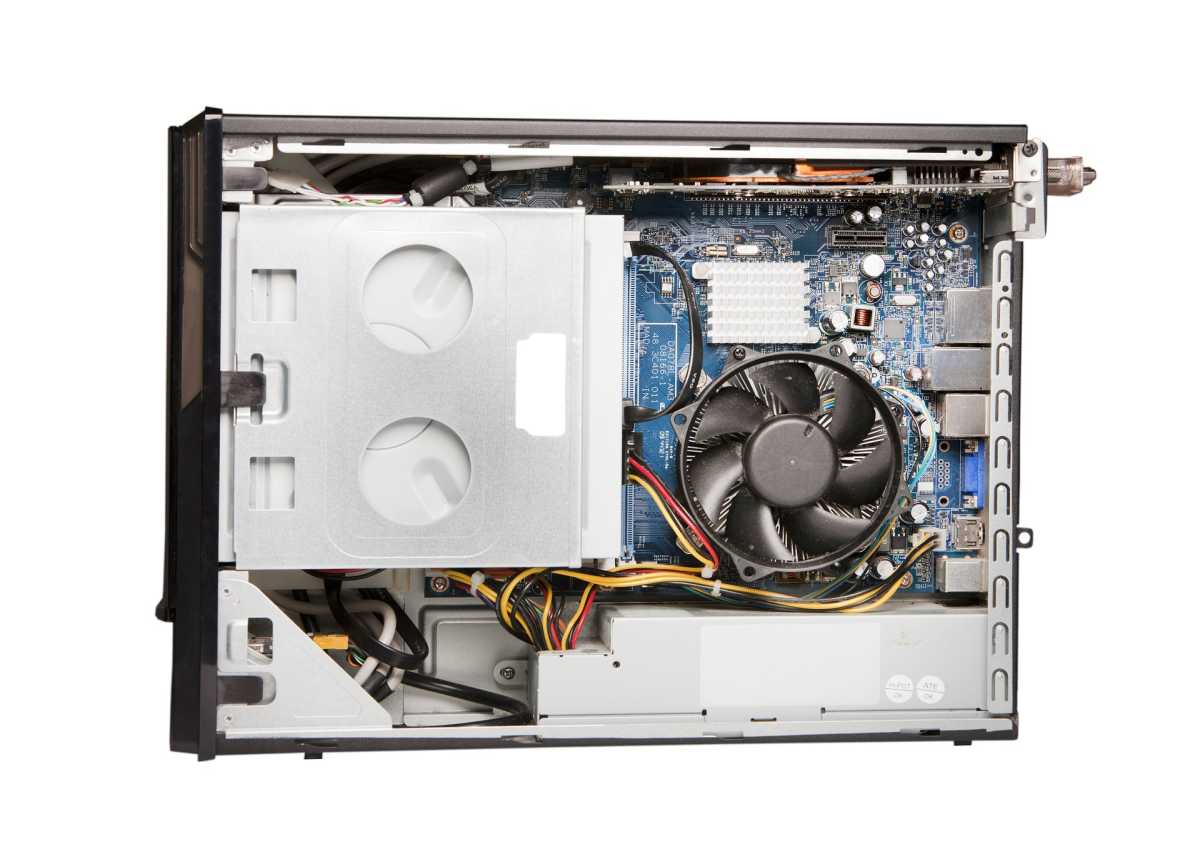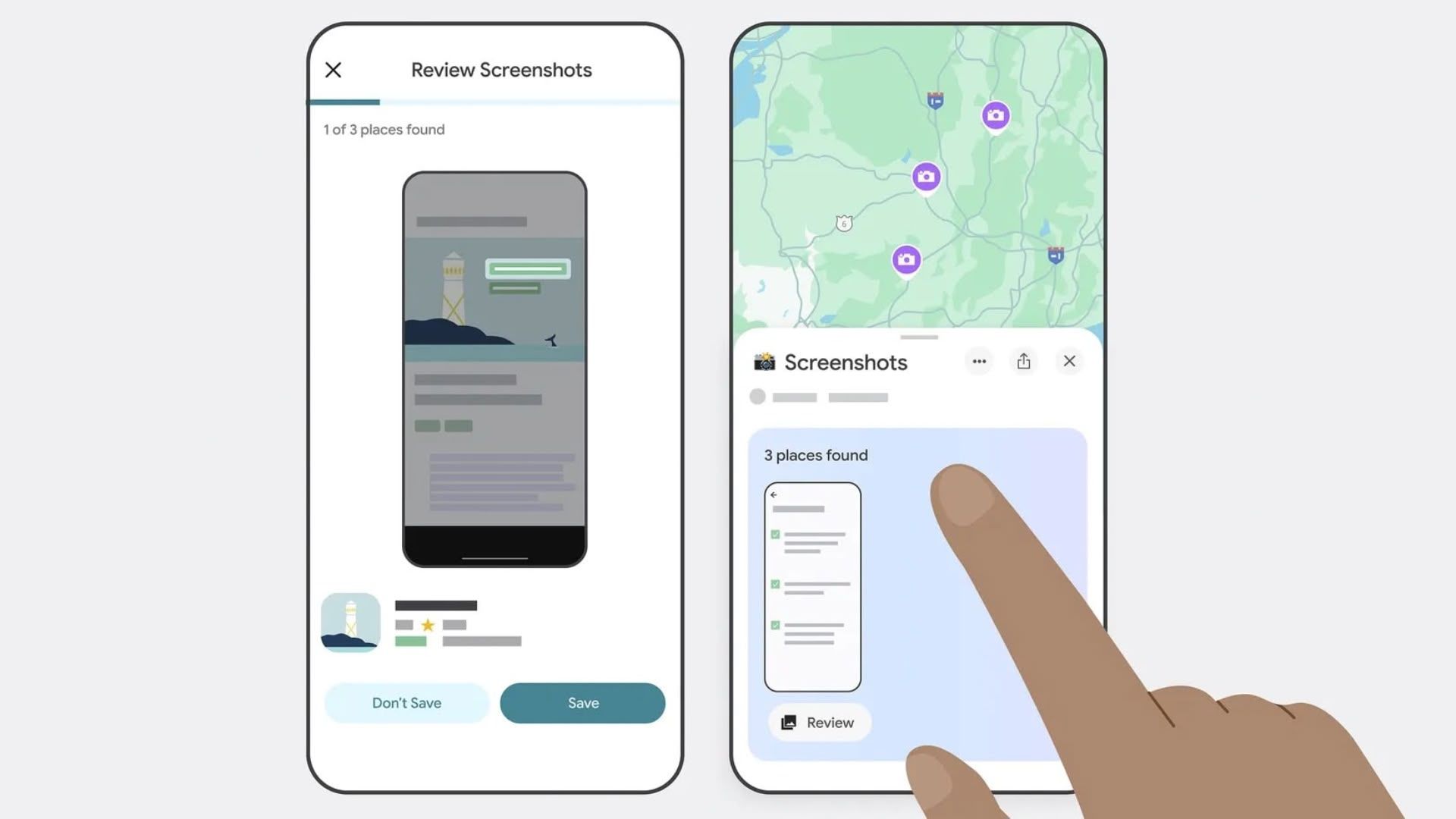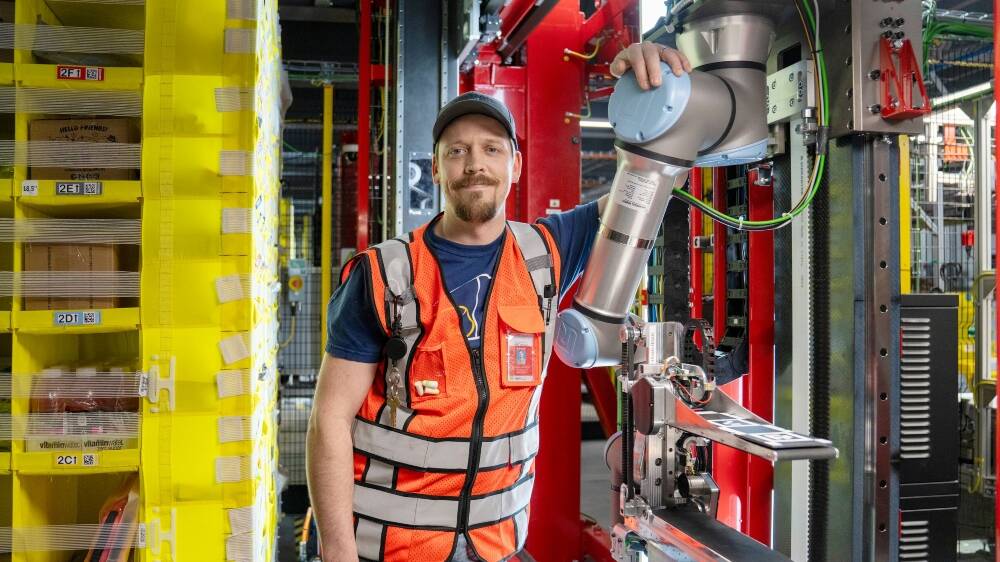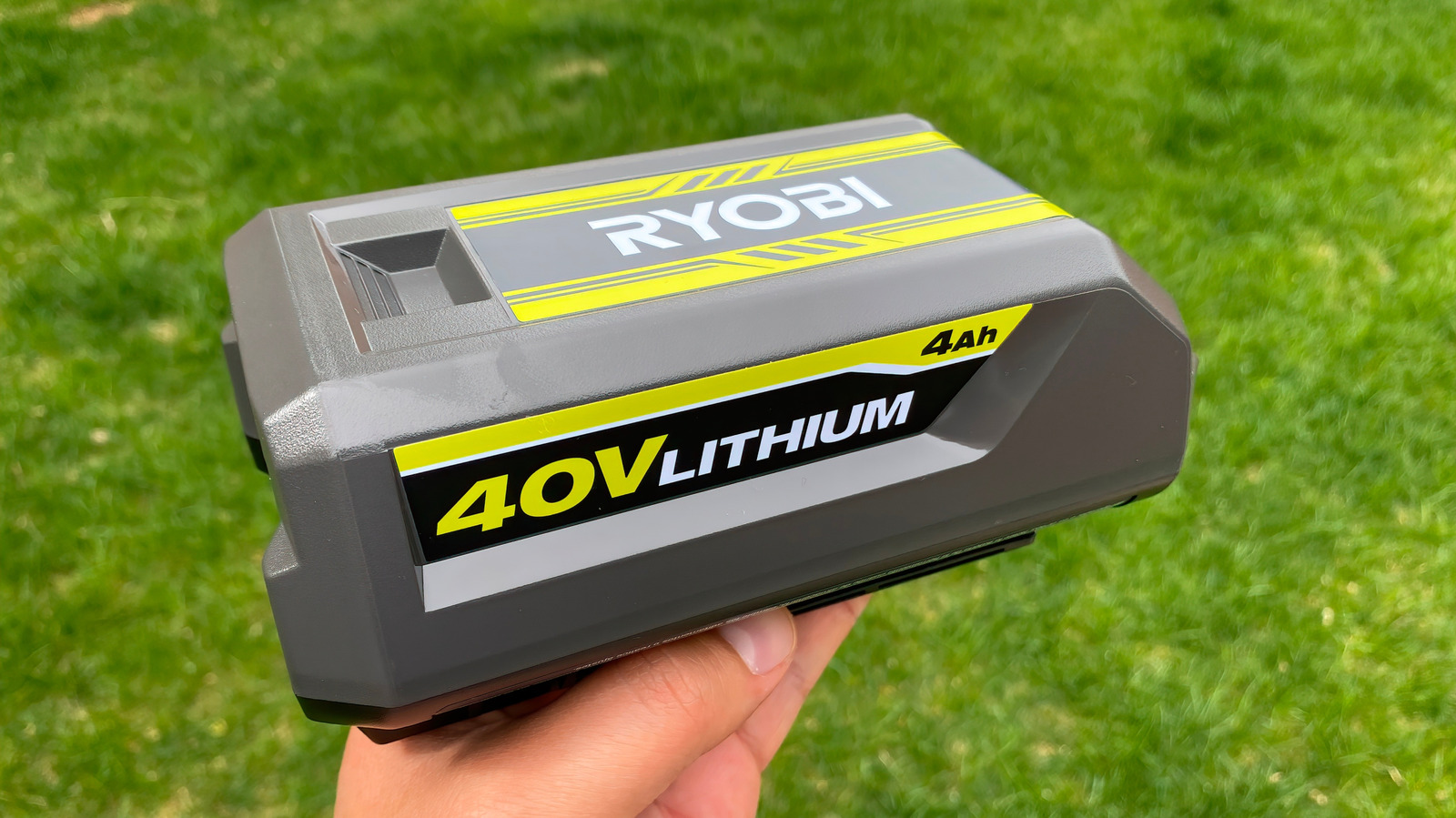I built a baller desktop PC for AI. Now I seriously regret it
Since AI has diffused into every aspect of the technology sector, I’ve been more than a little tempted to try my hand at some of AI’s cooler applications. That growing temptation finally culminated in me building a desktop PC just for AI — to try my hand at vibe coding apps just for fun. My budget wasn’t that high, so for the build I landed on an AMD Ryzen 5 2400G CPU with a base clock speed of 3.6GHz, and an Nvidia RTX 3090 video card. That combination was validated by my fellow PC builders online as entirely suitable for AI, so I felt confident I was onto a good thing. And they weren’t wrong! My new PC worked well for my newest hobby, allowing me to dabble in making simple apps in DeepAgent. But with the gift of hindsight, I now realize that I made a big mistake with my build, and I deeply regret it. The issue was and still is that I had built a PC suitable for one use case only, and in doing so it has since become obsolete to my life. I arrived at my rig’s configuration by unknowingly breaking one of life’s less spoken-about rules: “Know thyself.” By that I mean two things: The first is that in my life I have Buckley’s chance of compartmentalizing my devices for just one use — I’m just too busy and inevitably end up using them for everything. My phone is the classic example of that –- it’s my mobile notetaker, my repository for holiday snaps, and my communication’s hub, all in one. Secondly, I had overlooked a personality trait that I sometimes exhibit, one that I share with the character Toad from the classic children’s story The Wind in the Willows, and that is the tendency to get all worked up over a new hobby that can last for several months but then I lose interest quickly and stop it abruptly. Of course, I should have known that AI was the most recent of these temporary hobbies, soon to be replaced by something else. These two oversights would have been no problem at all had I selected more versatile hardware for my AI PC. But I had chosen potato-like components, suitable for running LLMs but not much more. That aha! moment came after a lengthy coding session when I decided to give the neurons a rest and loaded up a game of CounterStrike: Go. My spiffy AI PC, which until then I had otherwise been chuffed about, at that very moment became an insubordinate nuisance. Yes, I had a decent graphics card, but my PC was severely bottlenecked at the CPU and no number of settings changes were going to improve that. Like most gamers, I have a minimum frame rate that I simply can’t bear to play beneath — that’s 60FPS. The best I could achieve on my AI PC, even in games with cartoony graphics, was a measly 40FPS — so it was of little use to me for any kind of serious gaming. Building a PC with limited capability was not a great idea. Pixabay: Andreas160578 Sure, I could have just changed out the CPU for a more powerful one, but I had other bottlenecks too; Like the slow 8GB RAM onboard, and a PSU so underpowered it was only really suitable for running the lights in a chicken coop. If I had to find a moral in all of this, like in a family talk session at the end of a cheesy 1990s sitcom, it would be this: Don’t build a PC for just one application; reach higher with your hardware specs right from the get-go and build a more powerful and versatile rig capable of a whole bunch of stuff. If you do, you will save yourself a ton of hassle and possibly a ton of money too. And, no matter what your next hobby is (composing music? VR gaming? Heck, even snapping time lapse videos of your cat!) you will have a powerful enough rig to cover your needs! Further reading: 8 truly useful AI tools that make your life and work easier

Since AI has diffused into every aspect of the technology sector, I’ve been more than a little tempted to try my hand at some of AI’s cooler applications. That growing temptation finally culminated in me building a desktop PC just for AI — to try my hand at vibe coding apps just for fun.
My budget wasn’t that high, so for the build I landed on an AMD Ryzen 5 2400G CPU with a base clock speed of 3.6GHz, and an Nvidia RTX 3090 video card. That combination was validated by my fellow PC builders online as entirely suitable for AI, so I felt confident I was onto a good thing.
And they weren’t wrong! My new PC worked well for my newest hobby, allowing me to dabble in making simple apps in DeepAgent. But with the gift of hindsight, I now realize that I made a big mistake with my build, and I deeply regret it.
The issue was and still is that I had built a PC suitable for one use case only, and in doing so it has since become obsolete to my life. I arrived at my rig’s configuration by unknowingly breaking one of life’s less spoken-about rules: “Know thyself.”
By that I mean two things: The first is that in my life I have Buckley’s chance of compartmentalizing my devices for just one use — I’m just too busy and inevitably end up using them for everything. My phone is the classic example of that –- it’s my mobile notetaker, my repository for holiday snaps, and my communication’s hub, all in one.
Secondly, I had overlooked a personality trait that I sometimes exhibit, one that I share with the character Toad from the classic children’s story The Wind in the Willows, and that is the tendency to get all worked up over a new hobby that can last for several months but then I lose interest quickly and stop it abruptly.
Of course, I should have known that AI was the most recent of these temporary hobbies, soon to be replaced by something else.
These two oversights would have been no problem at all had I selected more versatile hardware for my AI PC. But I had chosen potato-like components, suitable for running LLMs but not much more. That aha! moment came after a lengthy coding session when I decided to give the neurons a rest and loaded up a game of CounterStrike: Go.
My spiffy AI PC, which until then I had otherwise been chuffed about, at that very moment became an insubordinate nuisance.
Yes, I had a decent graphics card, but my PC was severely bottlenecked at the CPU and no number of settings changes were going to improve that. Like most gamers, I have a minimum frame rate that I simply can’t bear to play beneath — that’s 60FPS.
The best I could achieve on my AI PC, even in games with cartoony graphics, was a measly 40FPS — so it was of little use to me for any kind of serious gaming.

Building a PC with limited capability was not a great idea.
Pixabay: Andreas160578
Sure, I could have just changed out the CPU for a more powerful one, but I had other bottlenecks too; Like the slow 8GB RAM onboard, and a PSU so underpowered it was only really suitable for running the lights in a chicken coop.
If I had to find a moral in all of this, like in a family talk session at the end of a cheesy 1990s sitcom, it would be this: Don’t build a PC for just one application; reach higher with your hardware specs right from the get-go and build a more powerful and versatile rig capable of a whole bunch of stuff. If you do, you will save yourself a ton of hassle and possibly a ton of money too.
And, no matter what your next hobby is (composing music? VR gaming? Heck, even snapping time lapse videos of your cat!) you will have a powerful enough rig to cover your needs!
Further reading: 8 truly useful AI tools that make your life and work easier






































































![Beats Studio Pro Wireless Headphones Now Just $169.95 - Save 51%! [Deal]](https://www.iclarified.com/images/news/97258/97258/97258-640.jpg)















![Honor 400 series officially launching on May 22 as design is revealed [Video]](https://i0.wp.com/9to5google.com/wp-content/uploads/sites/4/2025/05/honor-400-series-announcement-1.png?resize=1200%2C628&quality=82&strip=all&ssl=1)


































































































































































































































![[The AI Show Episode 146]: Rise of “AI-First” Companies, AI Job Disruption, GPT-4o Update Gets Rolled Back, How Big Consulting Firms Use AI, and Meta AI App](https://www.marketingaiinstitute.com/hubfs/ep%20146%20cover.png)
















































































































![[DEALS] The Premium Python Programming PCEP Certification Prep Bundle (67% off) & Other Deals Up To 98% Off – Offers End Soon!](https://www.javacodegeeks.com/wp-content/uploads/2012/12/jcg-logo.jpg)















































































































































